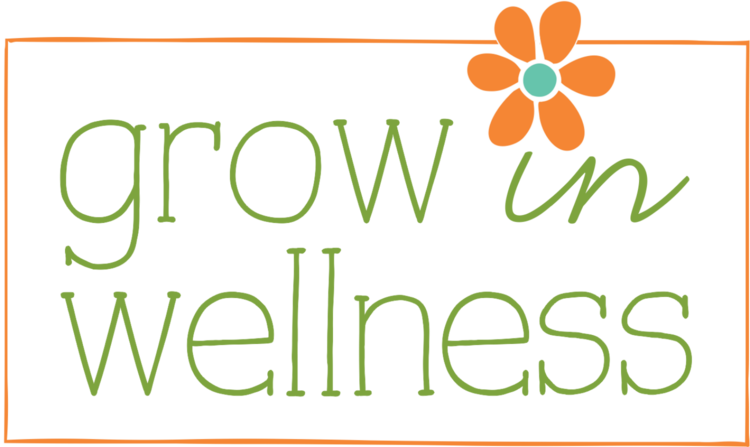Five "get healthy without really trying" Food Swaps
For many people, the thought of cleaning out a pantry or refrigerator’s unhealthy contents and replacing them with healthier versions might seem overwhelming. And most aren’t aware that many of the store bought, packaged foods that end up in their kitchens aren’t as healthy as the advertisers claim. The big food companies like Kraft, ConAgra, and General Foods want you to believe that they have your best healthy interest at heart, but that’s far from the truth. For them, it’s about the bottom line – it’s a billion dollar business. The mission of Grow in Wellness is to live a cleaner, greener life, so here’s a quick way to get started.
If you don’t have time to clean out your cupboards, but want to start making some healthy changes here are five places to start:
1. Trade in your white rice for brown rice. It will take a little longer to cook, but the health benefits are worth it. You’ll get fiber, B vitamins, selenium and manganese.
2. Swap your canola, soy and vegetable oils for expeller pressed olive oil, grapeseed and coconut oil. You’ll be saying goodbye to genetically modified, inflammatory oils and replacing them with oils that are gmo-free and not produced with dangerous chemicals like hexane.
3. No more Fat-Free dairy! When fat is removed from a dairy product, something must be added to improve flavor. Sugar and chemicals are the usual replacements and can lead to weight gain. Plus, vitamins A and D in milk are fat soluble, which means the fat in the milk increases their absorption. So trade in your skim milk for 2% or whole milk and do the same for your yogurt! Choose a source from grass-fed cows for improved nutrient profile.
4. Upgrade your greens. For the healthiest salads and a bigger nutrient boost, trade in your iceberg for darker leafed lettuces like spinach, arugula and romaine. If you really want to add a boost, add a ¼ cup of sprouts or some finely chopped Tuscan kale to the rest of your salad.
5. Check your peanut butter. Does your peanut butter (or almond butter) have anything on the ingredients list besides nuts and salt? If you see the word sugar or hydrogenated anything, then put it down and reach instead for a brand that has more integrity. The same goes for other nut butters, too. Even healthier brands make a version with added sugars so read the ingredients list carefully!
What other foods would you like to know a healthier swap for? Let me know in the comments section and I’ll offer suggestions.

